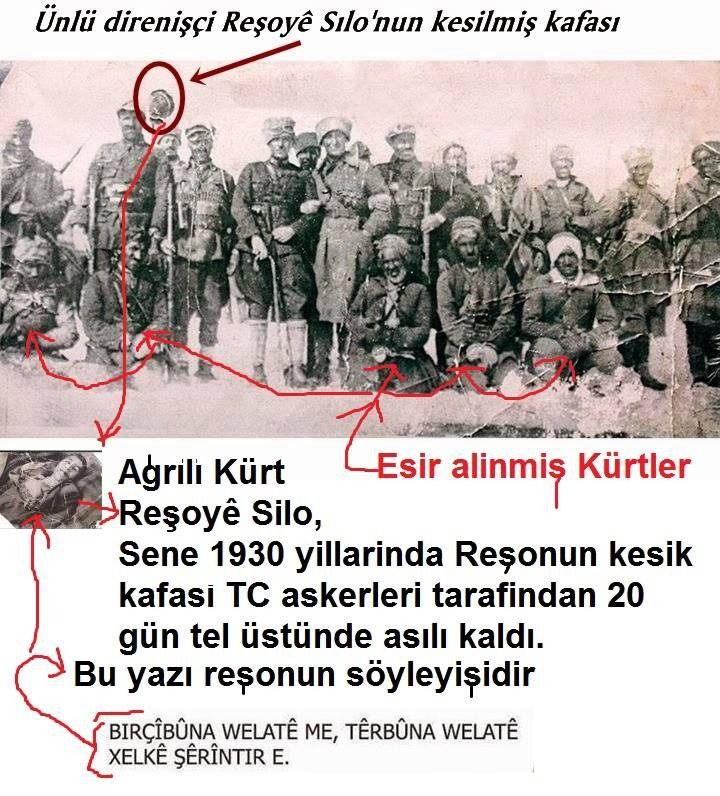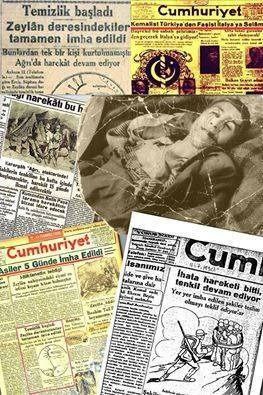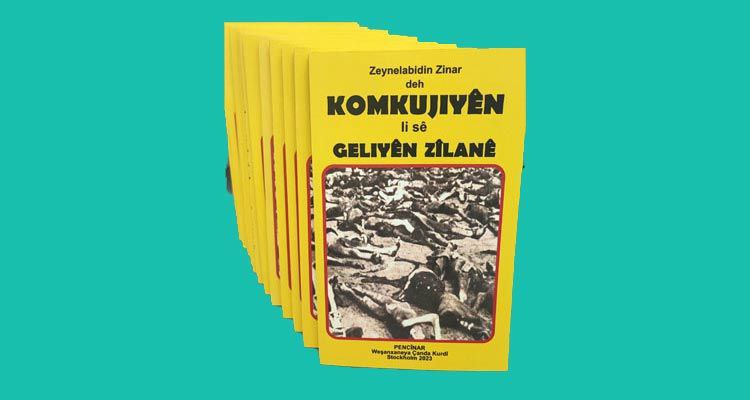Although the massacre of Zilan Valley has been mentioned a lot, most of the Kurdish people in the Northern part of Kurdistan were not aware of it. There were only a few songs written on it and there was no information or recorded document about it. But after 2000 some articles were published in Turkish about this genocide.
After 2010, many articles and films about the Zilan Valley massacre were published online, unfortunately, most of them were in Turkish.
I began to know about the Zilan Valley massacre from 1958 to 1959. Because my father taught in the Sarhad district, those Faqehs (students of religious schools) who were his students coming from various parts and districts, talked about those genocides that had happened to the Kurdish people.
Although I only work on the Kurdish language and culture, however, sometimes I find very curious things in my studies. Thus, without hesitation, I work on some of them, write about them, and make them into a recorded document to remain in history. one of them is the massacre of Zilan Valley.

On April 21st, 2016, I met Ahmad Tashtan, a resident of Hassanavdal village (from Jalalian clan) in the Qaramoursalay district of Izmit city. First, I asked him about some Kurdish words often used in the Sarhad district. He mentioned "Zilan Valley Genocide" while speaking to me. Since he had heard it tens of times from his father-in-law, Mhe, he knew more about this incident. "Mhe" had escaped the massacre while being injured, and later he was imprisoned in Adana jail and after his imprisonment had finished, he had been exiled to "Sargoun".
When Ahmad said that there had been massacres in many places, I was more interested. From that time on, we only talked about massacres and I interviewed him several times.
Mr. Ahmad talked about the genocides elaborately while crying, and I recorded his voice while interviewing him several times. Since he was present in the genocide, he talked about it excitedly in detail.
To get more information, I contacted a few other people in the Valley of Zilan. Then I googled it and I found hundreds of articles, photos, and other products. Totally, I found 249 articles, films, and books about it.
I also found many daily memories of the Turkish soldiers in the massacre. I got information from the state militias and anti-Kurdish journalists and soldiers.
I received the most interesting information from those who used to provide food for the soldiers who were occupied in the genocide attacks.
Turkey had banned the Kurds from going to Zilan valley from 1930 to 1953. However, those who were brought here from Afghanistan and had been settled there and were provided with the Kurdish lands and farms were working in that area freely.

The Turkish Republic also built a large camp in the area that still exists and the employees live in the places where they were built.
In short, residents of 200 villages in many different places were killed by Turkish soldiers. These 200 villages were burned by 80 warplanes. After the genocide of the Kurdish people, soldiers searched the mountains and found people like shepherds and travelers just to kill them immediately.
A soldier said he had killed 1000 Kurds in the deserts and mountains. But in order to keep the cattle of the Kurds, they did not kill some shepherds, so that they could take care of the animals.
This is my first article about this genocide.
I am going to write about this topic in a series of articles until the end. We hope that these issues will put pressure on the conscience of humanity and close the door to genocide against the Kurdish nation.








